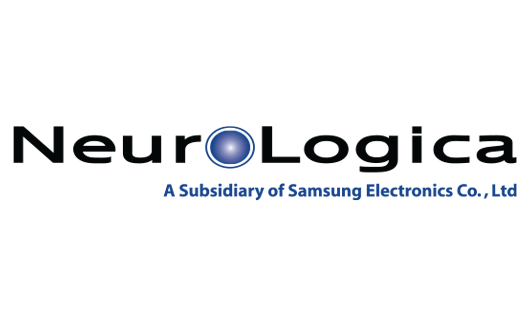About Samsung Electronics Co., Ltd.
Samsung inspires the world and shapes the future with transformative ideas and technologies. The company is redefining the worlds of TVs, smartphones, wearable devices, tablets, digital appliances, network systems and memory, system LSI, foundry and LED solutions. For the latest news, please visit the Samsung Newsroom at http://news.samsung.com/.
Portfolio presenting GC85A with Image Post-processing Engine (IPE) S-Vue™3.02 for greater diagnostic confidence with 50% dose reduction*
DANVERS, Mass.—(BUSINESS WIRE)—Samsung has announced a growth vision centered on improving the quality and safety of patient care through a commitment to lower radiation across its innovative suite of medical imaging products. A prime example is Samsung’s GC85A premium fully digital X-ray system, which provides the same image quality with half the radiation. Samsung’s engine S-Vue™ 3.02 received FDA clearance last November for use at 50 percent dose reduction for adult chest exams. Constantly working to lower dose exposure is a top priority for radiologists and healthcare professionals, and the GC85A’s dose reduction represents a breakthrough in medical imaging technology.

Samsung’s GC85A with new S-Vue™ provides greater diagnostic confidence with 50% dose reduction*. (Photo: Business Wire)

Chest PA comparison image, left 0.76 dGy.cm2 vs right 0.37 dGy.cm2. Can you notice the difference? 51% dose reduction while maintaining image quality. (Photo: Business Wire)
When it comes to dose management, precision is key. The GC85A incorporates Samsung’s Image Post-processing Engine S-Vue™ 3.02 that provides spatially adaptive multi-scale processing and advanced de-noising technology delivering quality images with only half the dose.
“I recently participated in Samsung’s Low Dose Study and personally evaluated 10 chest X-rays, finding that the overall image quality was excellent,” said Dr. Hetal Patel, Chief of Radiology, ARMC-Moses Cone Health, Greensboro Radiology P.A. “The reduced-dose X-ray was either of comparable quality or better quality, and I would advocate for all chest X-rays to be done using this methodology.”
In practice, patients who receive a chest X-ray from the GC85A are subjected to 8 microsieverts (μSv) of radiation. To place that in context, it is as low as the average dose exposed during a three-hour flight from Chicago to New York. In other words, the radiation levels of the Samsung GC85A are incredibly low and therefore safer for patients.
Samsung will continue to reduce dose without compromising image quality. In March, Samsung received Low Dose clearance from the South Korea Ministry of Food & Drug Safety (MFDS) and CE marked for applying dose reduction technology in other X-ray models.
“We are committed to continuing to reduce radiation dose in our products and we are delighted with the GC85A’s low dose performance,” said Philip Sullivan, President and CEO of NeuroLogica, a subsidiary of Samsung Electronics. "We plan to expand our dose-reduction protocols from chest to other parts of the body such as the abdomen and include pediatrics in the near future.”
We all encounter low radiation levels through sources in our everyday life, including the air we breathe, but no one wants patients to be exposed to more radiation than necessary.
Samsung is aiming to lower dose exposure in X-ray systems to levels comparable to everyday items.
Check out this video to learn more and find out how Samsung is lowering radiation dosage here.
Samsung’s efforts to educate and build awareness to dose radiation can be found at www.samsunghealthcare.com/en/lowdose.
*The dose reduction in GC85A digital chest radiography is based on limited phantom and clinical study results. Only routine PA chest radiography for average size adults were studied, excluding pediatric patients.
Contacts
Samsung NeuroLogica
Lynne Gagne, 978-564-8576
lgagne@samsungneurologica.com


